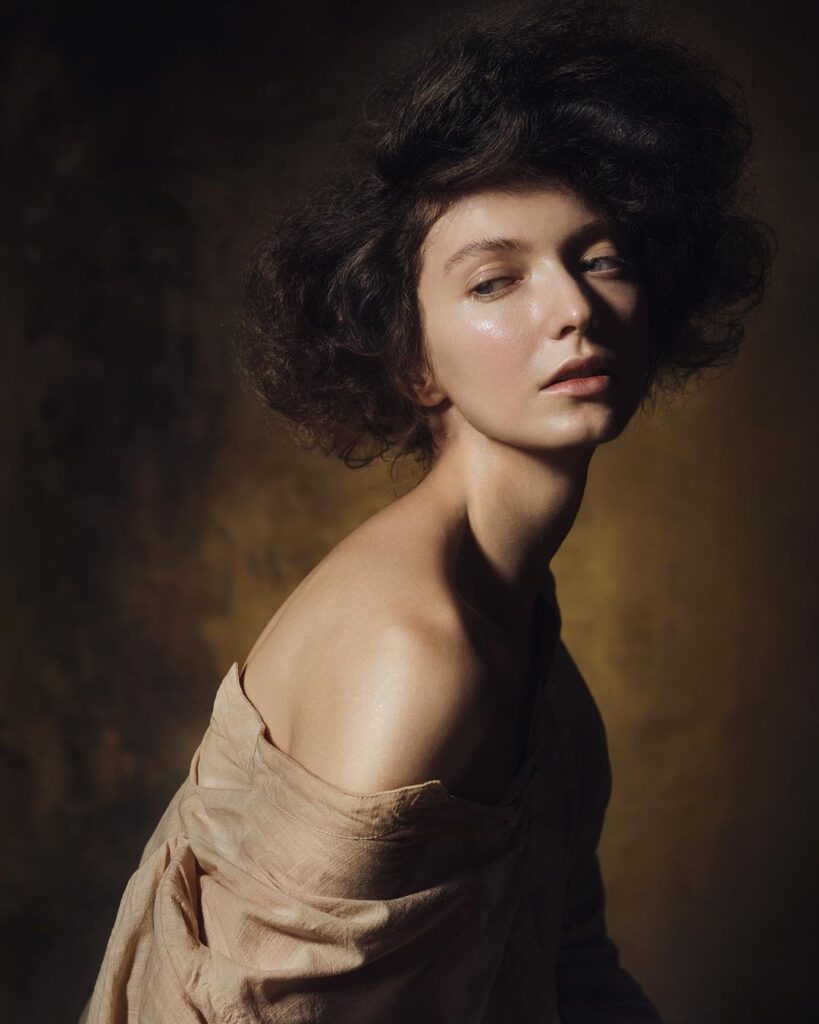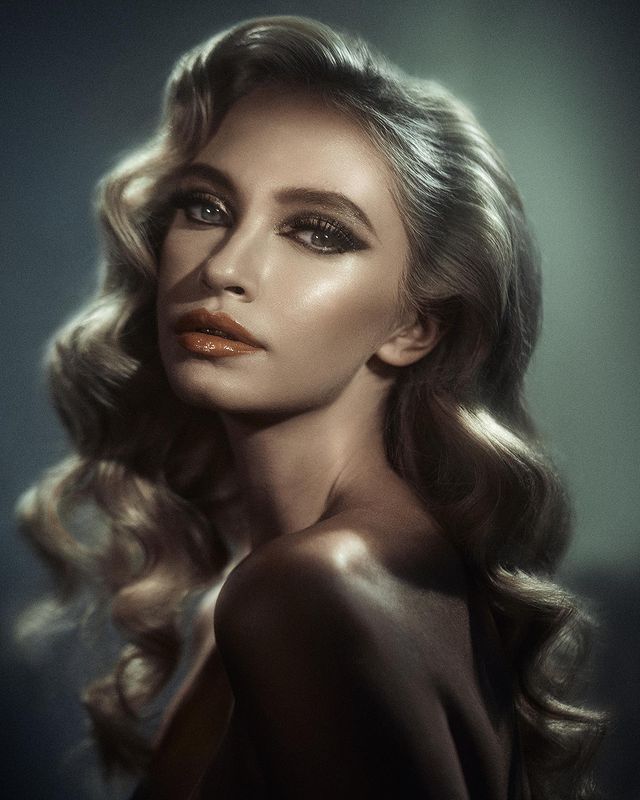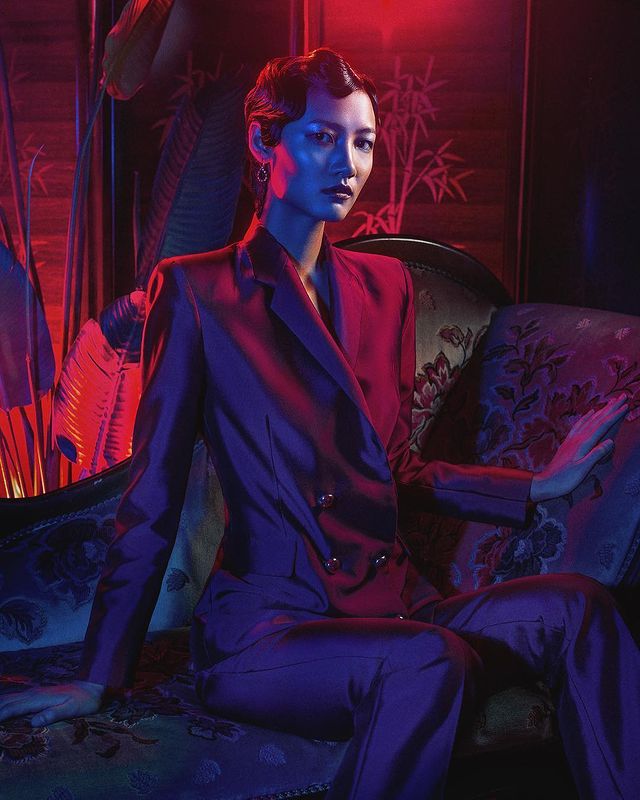
The Dramatic Portrait: The Art of Crafting Light and Shadow by Chris Knight | review
Firstly, I have to say that “The Dramatic Portrait: The Art of Crafting Light and Shadow” of Chris Knight is absolutely amazing book. It contains general concept of evolution of Art, that really helpful for photographers, and technical “side” of profession such as light, color, mood, slyling etc:
- History of portraiture. Evolution of Art
- Technical lighting
- Shaping the light, Mood and face
- Using 1, 2 or 3 lights
- Color
- Styling: wardrobe, make-up etc
- Post-production: RGB, CMYC, RAW and retouch
- Your personal style

History of portraiture. Evolution of Art
This chapter is about the evolution of portraits from Egyptian art to modern (1960-) photography.
Outstanding portraits have some common feature, they have some subjective narrative, when the photographer or painter uses that artwork as an answer to a question. If we look at history of art, we see that Historical painting took pride of place in the hierarchy (religious and allegoric themes). The next stage took Portrait.
In contemporary photography, Conceptual and Fine-art take pride of place in the hierarchy.
“The most successful portrait photographers create work that is concept driven at it’s core”
In 1826-1827, Nicéphore Niépce took the first photograph (but he did not share this scientific discovery). In 1839 Louis Daguerre and Henry Fox Talbot (simultaneously) discovered photography technic. In that period of time, society thought of photography as a hobby (in case you can not paint). But in 1910 a gallery 291 opened in New-York, where were exhibitions including paintings of famous artists and photographers too. That fact made society say that photography is art too.

The next years no longer the painting influenced the photo, but photography changed painting.
It happened because of improvement of photography technology, and it gave hyperrealistic pictures. Painters saw it and decided to change their style to make more subjective and abstract art.
Names
Louis Daguerre, Henry Fox Talbot, Nicéphore Niépce, Alfred Stieglitz, Edward Steichen, Edward Henry Weston, Brassaï, Ansel Easton Adams, Henri Cartier-Bresson, Man Ray, Margaret Bourke-White, Alfred Eisenstaedt, Robert Capa, Dorothea Lange, Yousuf Karsh, Diane Arbus, Robert Frank, Walker Evans.

Technical lighting
With using a Light, a photographer can create a mood, shape and style. Light helps to a viewer read a picture not randomly, but in the way that the photographer wants.
- What is it that we see first:
- the middle,
- areas of contrast,
- highly saturated color,
- faces,
- patterns

Light quality: hard light (shows texture), soft light (hides texture). Light has the shape of a cone and its physics is described by the law of inverse squares. It is better to use feathering light to create more even light.
Angle of light or light source, light power have meaning. It is important to control what area you light, using flags, grids and modificators. Pattern of lighting matters, it can create dramatic effect.
- Using 1, 2 or 3 lights
This chapter about using one or multiple light sources. In classical portraits usually photographer use 1 source, if he wants the photograph looks like something in painting mood. In commercial and product photography, often uses 3 or more light sources. - Color
Every color has meaning. Color makes you fell emotion. It helps to tell a story or give a key.
There are some color schemes: monochrome, analog, triad etc.
This is a very brief review of “The Dramatic Portrait: The Art of Crafting Light and Shadow” of Chris Knight, but I strongly recommend this book to all photographers. Chris Knight is an outstanding master of photography and great teacher. This book is a treasure for people who want to photograph and understand visual art.
https://www.instagram.com/chrisknightphoto/?hl=en – Instagram